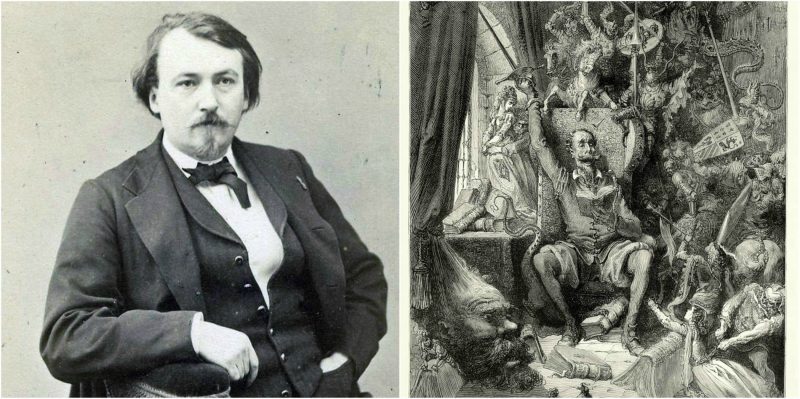The adventures of the brave and noble Don Quixote and his faithful squire Sancho are deeply embedded into our culture.
These comical anti-heroes, who sound amazingly modern even today, have been a symbol of the struggle between the old and the new and a satire aimed at religion, truthfulness, and nationalism.
This literary masterpiece has seen many different editions through the centuries which were edited according to the fashion and belief of the given time. Don Quixote was also depicted in various screen and theater adaptations throughout the years.
We’ve seen this story in many versions, but who is responsible for the modern image of Don Quixote and Sancho Panza – the tall, thin, fancy and idealistic Quixote and the fat, squat, weary Panza? The answer to this question lies in 19th-century book illustrations, to be more precise the ones made by a French artist called Gustave Doré.
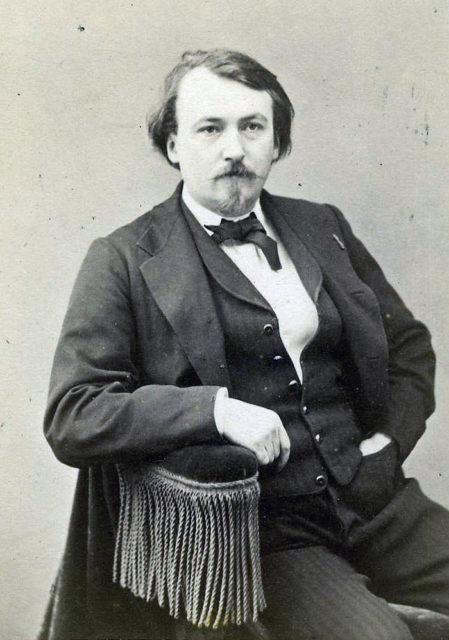
Paul Gustave Louis Christophe Doré was a child prodigy born on 6 January 1832. His artistic career began very early. When he was only 15 years old, he started making caricatures for a French paper called “Le Journal pour Rire.” Over the years Doré made himself a good reputation and eventually received commissions to illustrate books from authors such as Balzac, Byron, Milton (Paradise Lost) and Dante (The Divine Comedy).
Doré’s biggest achievement are probably his illustrations in an 1863 French “Paris Hachette” edition of Cervantes’s “Don Quixote.” His series of illustrations took a different approach to the book themes and became so popular that they even influenced a whole new, modern, visualization of the two central characters.
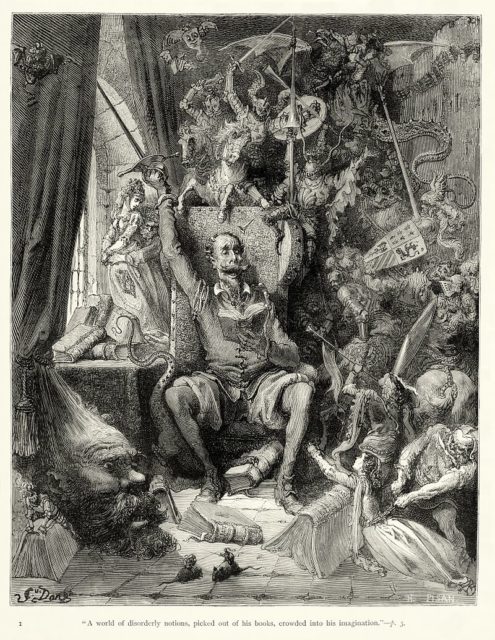
The Bauman Rare Books company offers a review of this edition and explains that Doré managed to match himself with the work of some notable artists such as the Spanish illustrators of the great Ibarra edition of Don Quixote published in Madrid in 1780.
According to some scholars, Don Quixote and Sancho Panza received their final, recognizable, rendering in Doré’s designs.
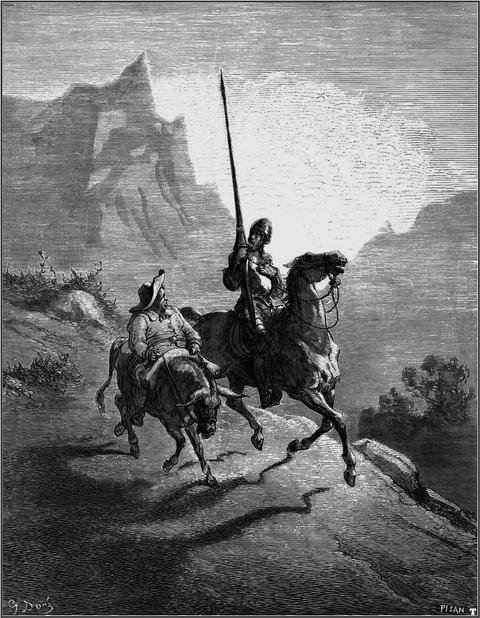
His illustrations gave a whole new understanding to the novel. Doré moved the boundaries of the classical depiction of Quixote; he managed to show him not only as the hero he believed himself to be, but to show the world from his perspective too.
The new wood engraving techniques that were available to Doré at that time enabled him to depict night scenes from the adventures of Don Quixote, something that nobody had previously done.
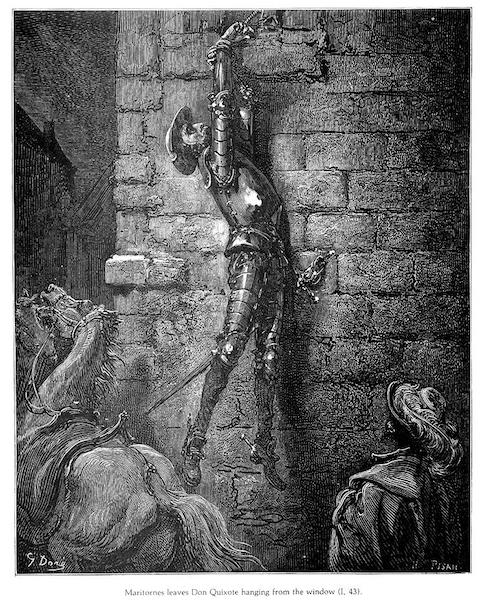
Besides all of this, Doré also managed to sustain the comic elements of the novel, something that many previous editions have neglected to do. Doré managed to illustrate the iconic windmill scene in an unusual fashion.
The tattered windmill sail sweeps his horse, Rocinante, throws him into the air and as he falls to the ground his vision of a battle between a knight and a giant also gets grounded.
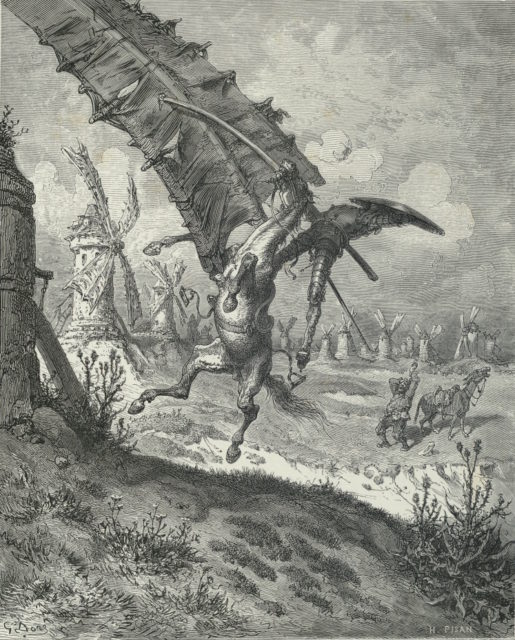
Doré managed to transform the character of Don Quixote. Instead of seeing him as a complete sentimental lunatic, as people used to, thanks to Doré he was now a hero of the popular imagination.
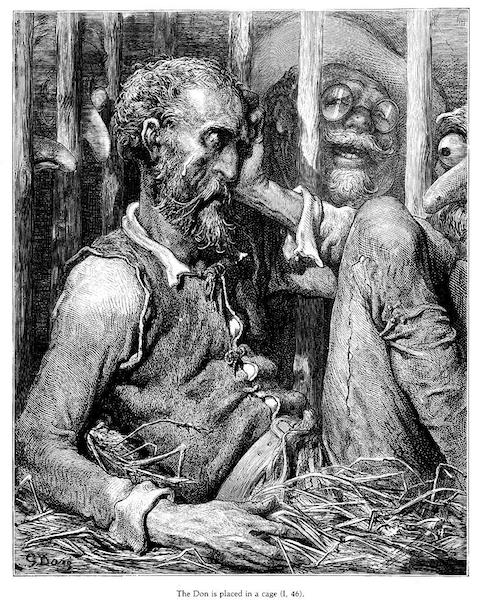
Initially, Doré planned to make only a small number of illustrations, but he ended up making over 200. He was also a painter, and his paintings are still famous today, but not as much as his woodcuts and engravings. Those were the crown of his work.
